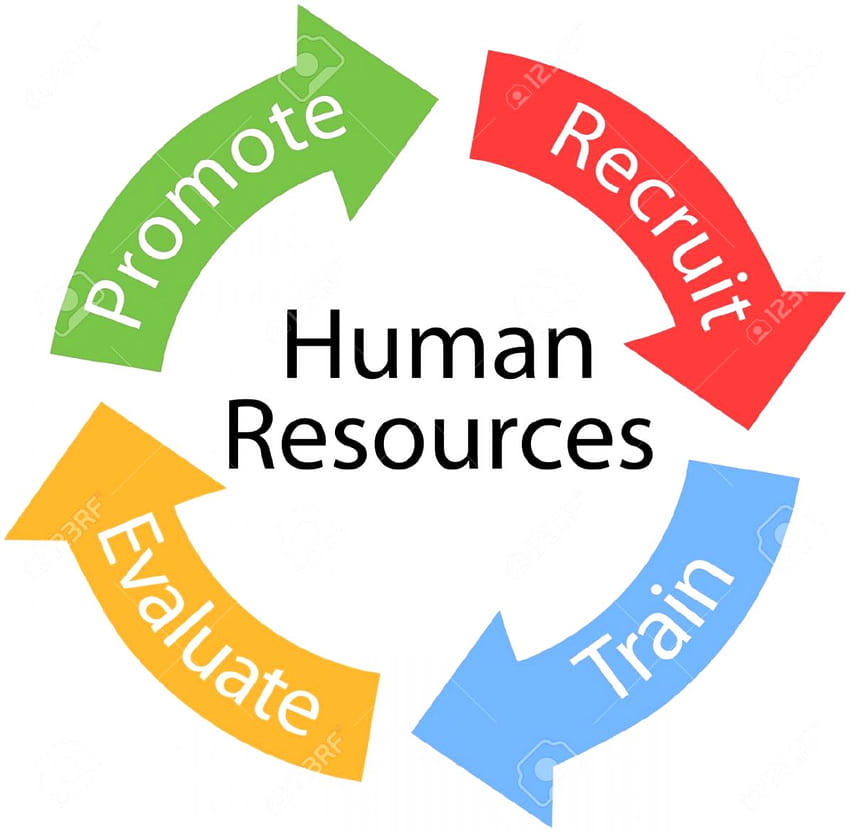Human Resources (HR): The Backbone of Organizational Success
as its managing people at work:
Human Resources (HR) is a crucial department within any organization, responsible for managing the employee lifecycle, from recruitment and onboarding to training, development, and offboarding. HR plays a pivotal role in ensuring that the organization’s workforce is capable, motivated, and aligned with the company's goals and values.
Key Functions of HR
-
Recruitment and Selection:
- Job Analysis and Design: Understanding and defining job roles to attract the right talent.
- Recruitment: Sourcing candidates through various channels such as job boards, social media, and recruitment agencies.
- Selection: Screening applicants, conducting interviews, and selecting the best candidates for the job.
-
Onboarding and Orientation:
- Onboarding: Introducing new hires to the organization’s culture, values, and expectations.
- Orientation: Providing necessary training and resources to help new employees settle into their roles.
-
Training and Development:
- Skills Training: Offering training programs to improve job-specific skills.
- Professional Development: Encouraging continuous learning and growth through workshops, courses, and certifications.
- Leadership Development: Identifying and grooming potential leaders within the organization.
-
Performance Management:
- Setting Objectives: Defining clear, measurable goals for employees.
- Performance Reviews: Conducting regular evaluations to provide feedback and assess progress.
- Reward and Recognition: Acknowledging and rewarding high performance to motivate employees.
-
Compensation and Benefits:
- Salary Administration: Ensuring competitive and fair pay structures.
- Benefits Management: Overseeing employee benefits such as health insurance, retirement plans, and leave policies.
- Payroll Management: Ensuring timely and accurate payment of salaries and wages.
-
Employee Relations:
- Conflict Resolution: Addressing workplace disputes and fostering a harmonious work environment.
- Employee Engagement: Promoting activities and programs that increase employee satisfaction and loyalty.
- Communication: Ensuring transparent and effective communication between management and employees.
-
Compliance and Legal:
- Regulatory Compliance: Ensuring the organization adheres to labor laws and regulations.
- Policy Development: Creating and enforcing company policies related to workplace conduct, safety, and ethics.
- Risk Management: Identifying and mitigating HR-related risks.
-
Workforce Planning and Analytics:
- Workforce Planning: Forecasting future workforce needs and planning accordingly.
- HR Analytics: Using data and metrics to make informed HR decisions and improve processes.
Importance of HR in Organizations
-
Talent Acquisition and Retention:
- HR ensures that the organization attracts and retains top talent, which is essential for maintaining a competitive edge.
-
Employee Development:
- By providing continuous training and development opportunities, HR helps employees grow professionally, leading to higher job satisfaction and productivity.
-
Legal and Regulatory Compliance:
- HR ensures that the organization complies with all labor laws and regulations, reducing the risk of legal issues and penalties.
-
Organizational Culture:
- HR plays a key role in shaping and maintaining a positive organizational culture, which is crucial for employee engagement and morale.
-
Strategic Planning:
- HR contributes to strategic planning by aligning the workforce with the organization’s long-term goals and objectives.
Challenges in HR
-
Talent Shortages:
- Finding and retaining qualified candidates in a competitive job market can be challenging.
-
Technological Advancements:
- Keeping up with the rapid pace of technological change and integrating new tools into HR processes.
-
Diverse Workforce:
- Managing a diverse workforce and fostering an inclusive environment that respects different backgrounds and perspectives.
-
Changing Workforce Dynamics:
- Adapting to changes such as remote work, gig economy, and flexible working arrangements.
-
Regulatory Changes:
- Staying updated with changes in labor laws and regulations that impact HR practices.
Conclusion
Human Resources is a vital component of any organization, contributing to its success by effectively managing the most important asset: its people. By focusing on recruitment, development, performance management, and employee relations, HR ensures that the organization operates smoothly and efficiently. As the workplace continues to evolve, HR must adapt to new challenges and leverage technology to support and enhance its functions.


